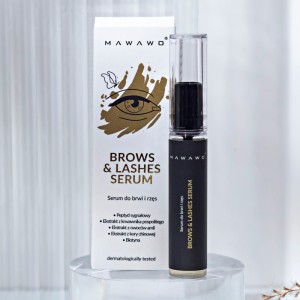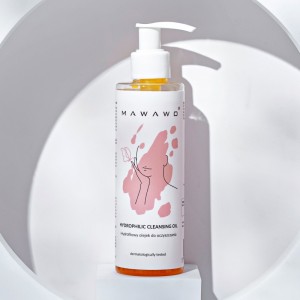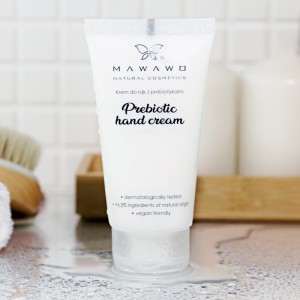Informujemy, że strona korzysta z plików cookies w celu dostosowywania wyświetlanych treści do preferencji użytkowników. Korzystanie z serwisu wymaga zaakceptowania polityki prywatności i plików cookies. Możesz określić zasady wykorzystywania plików cookies w swojej przeglądarce. Zapoznaj się z polityką prywatności













